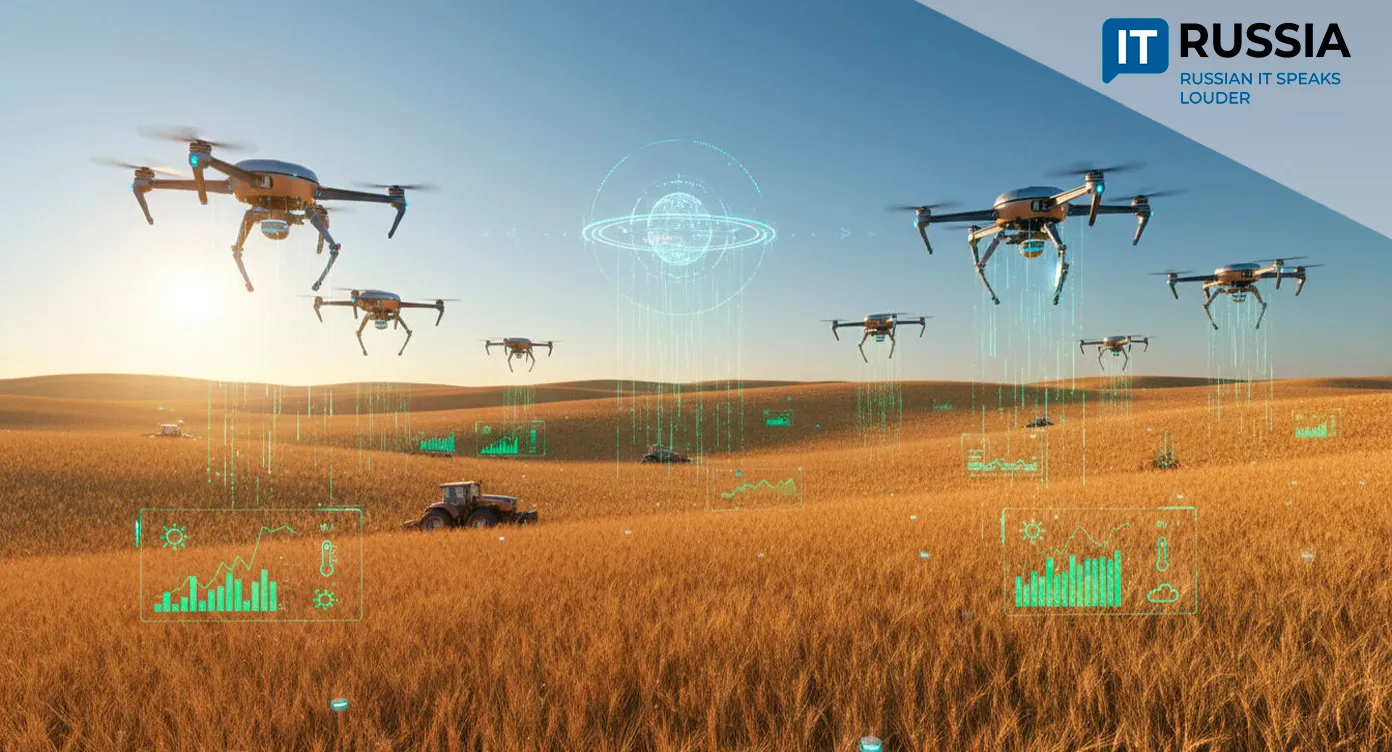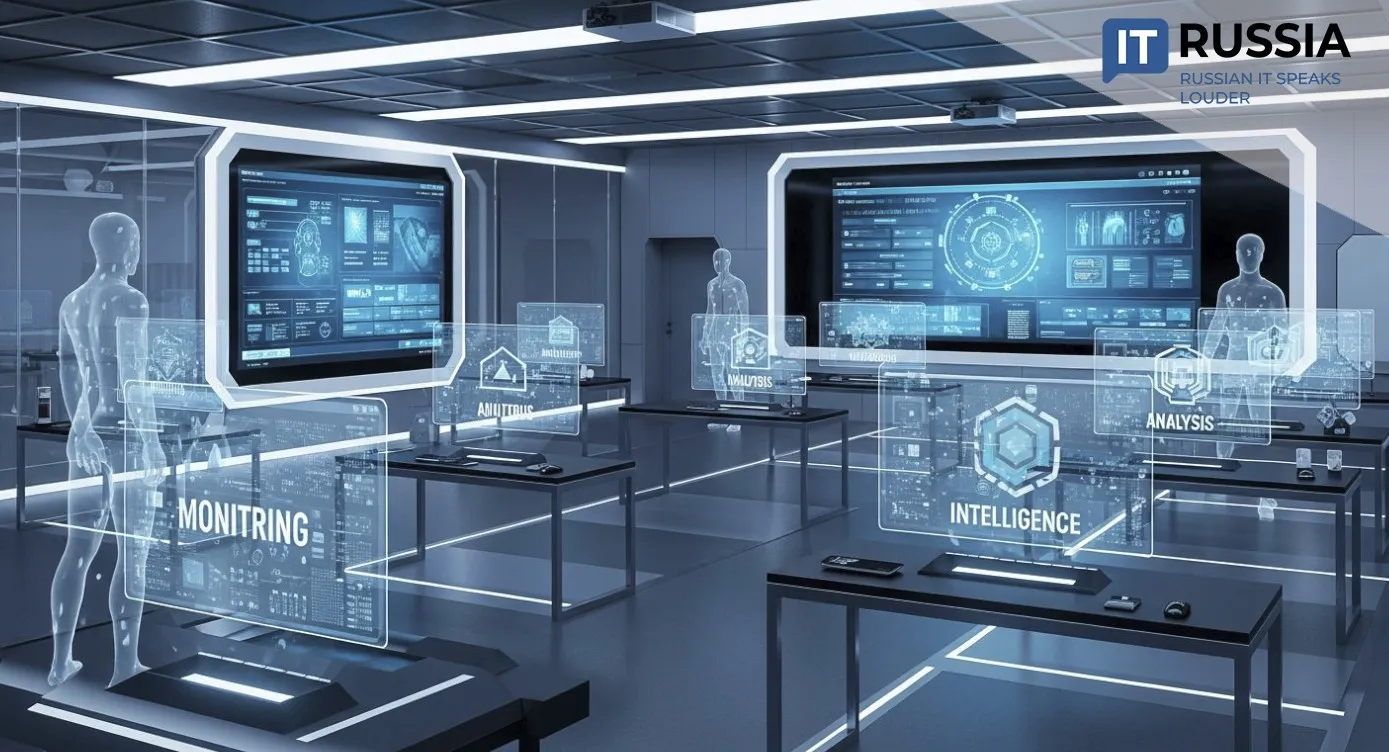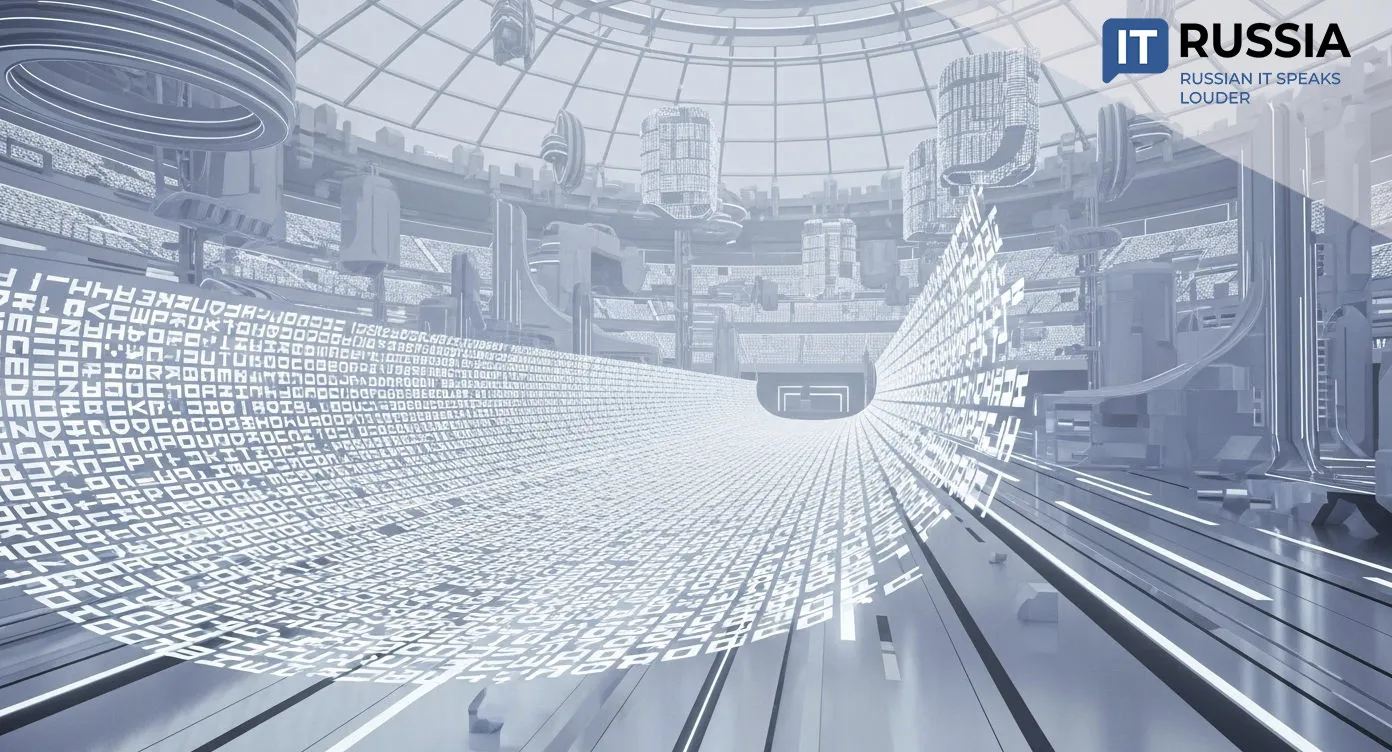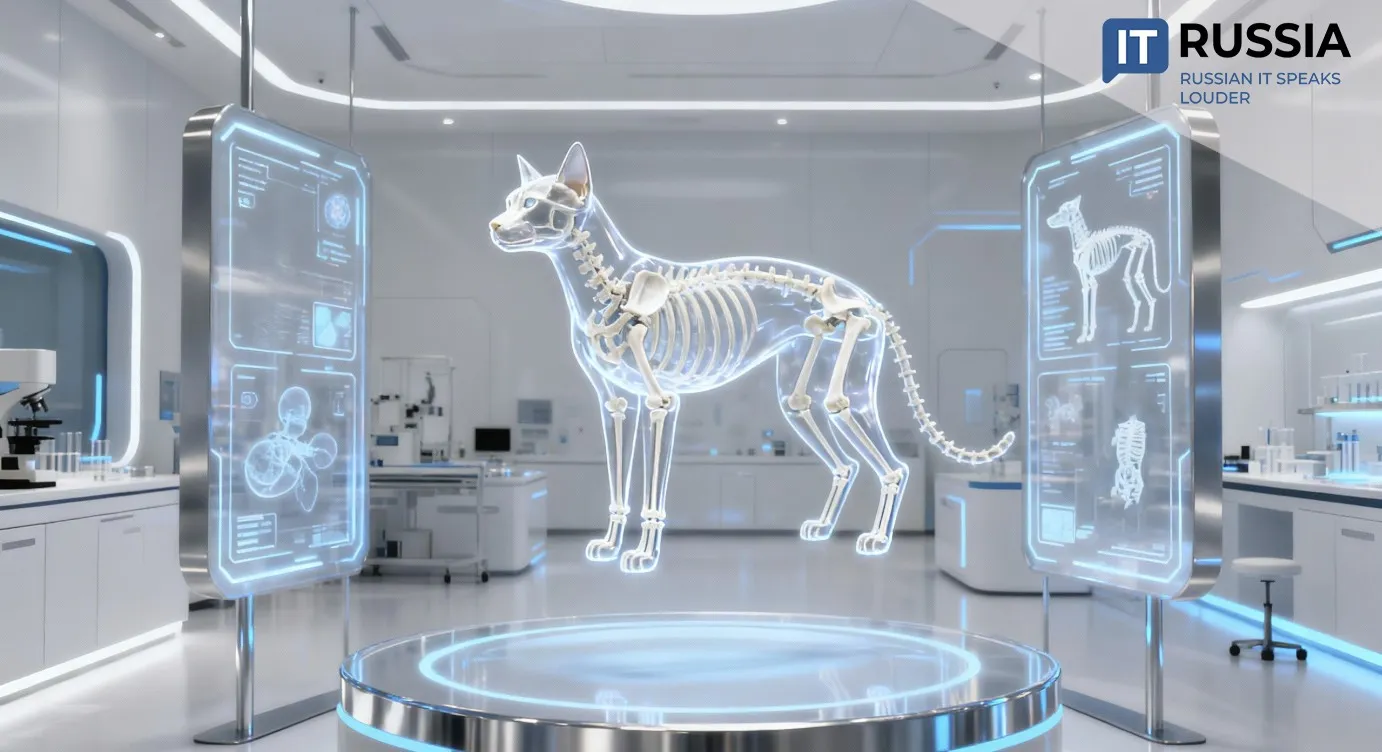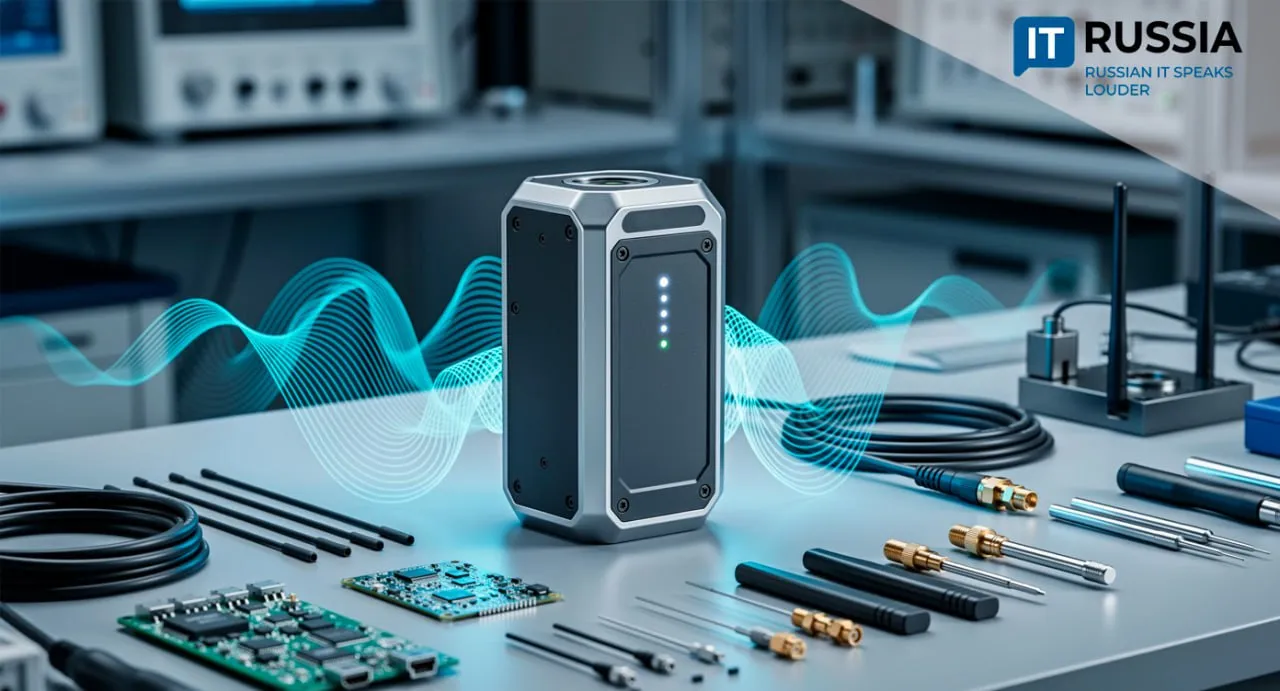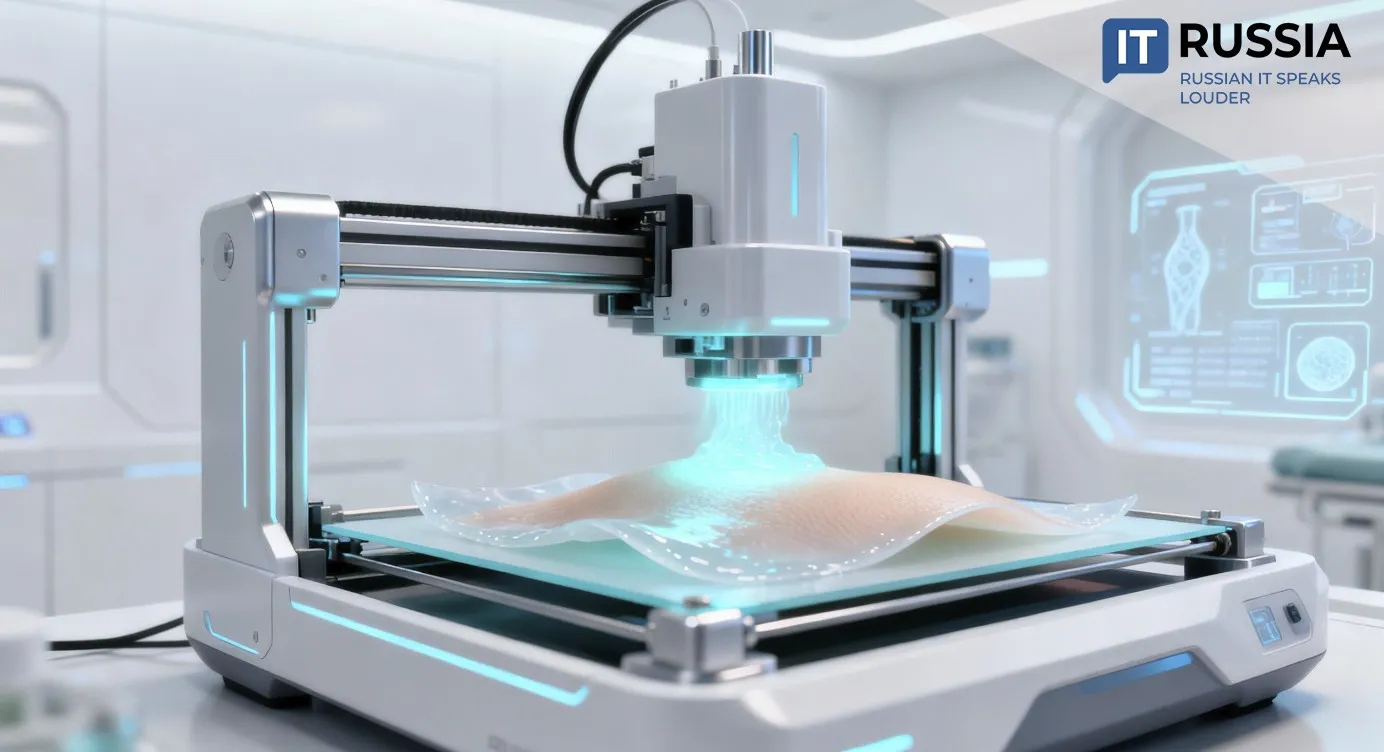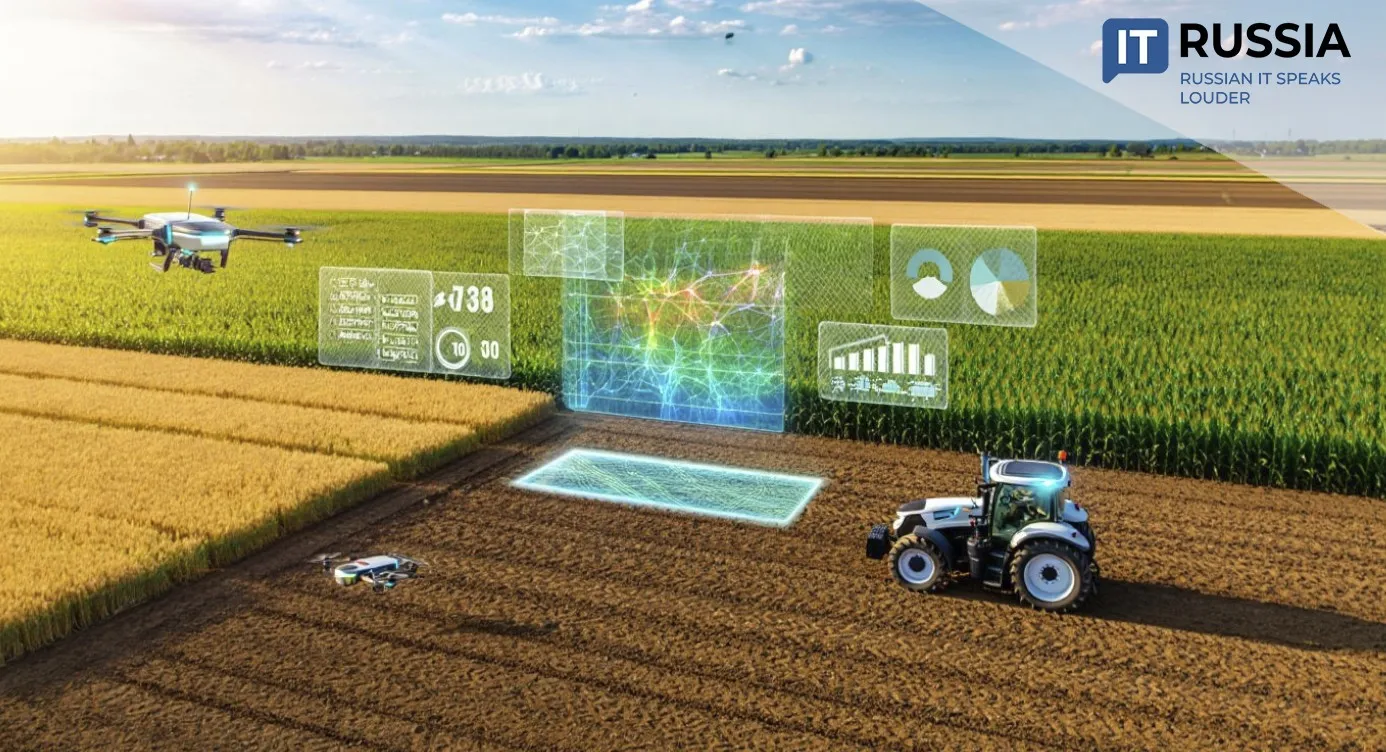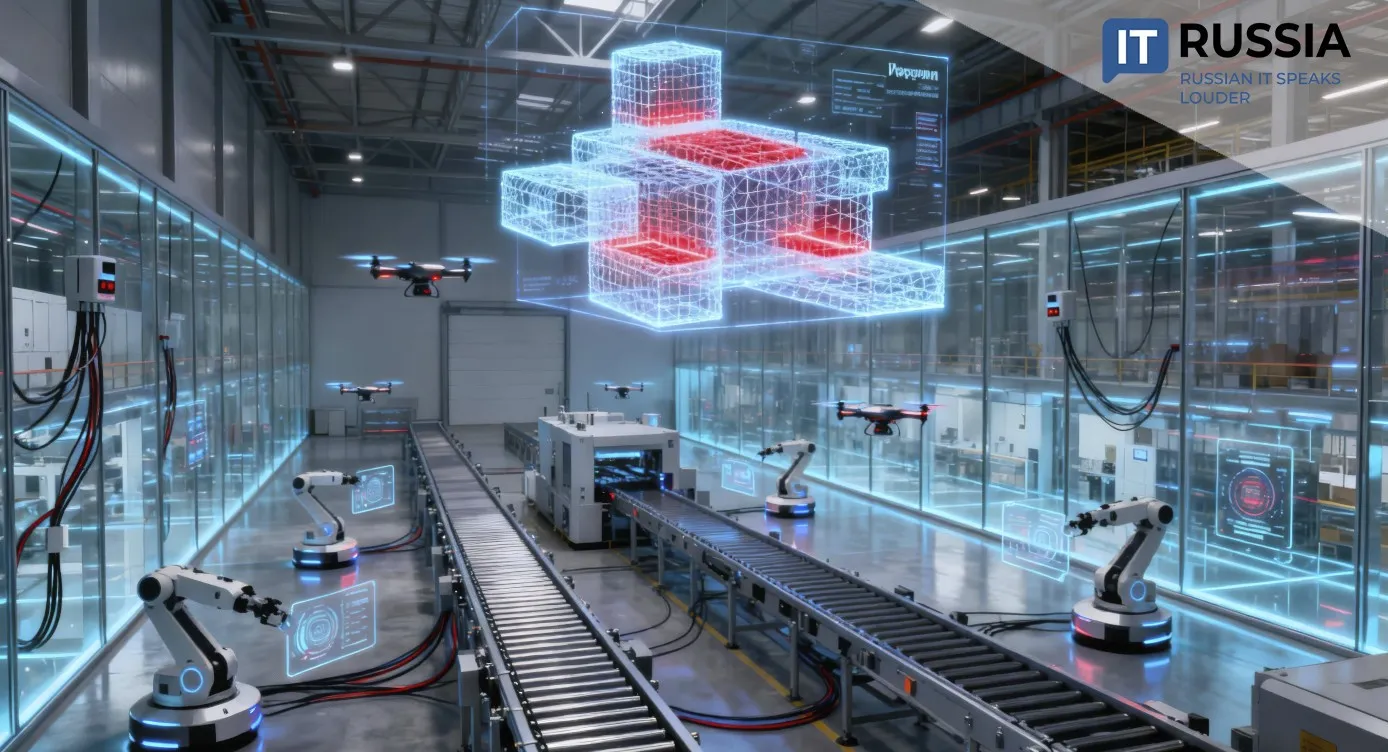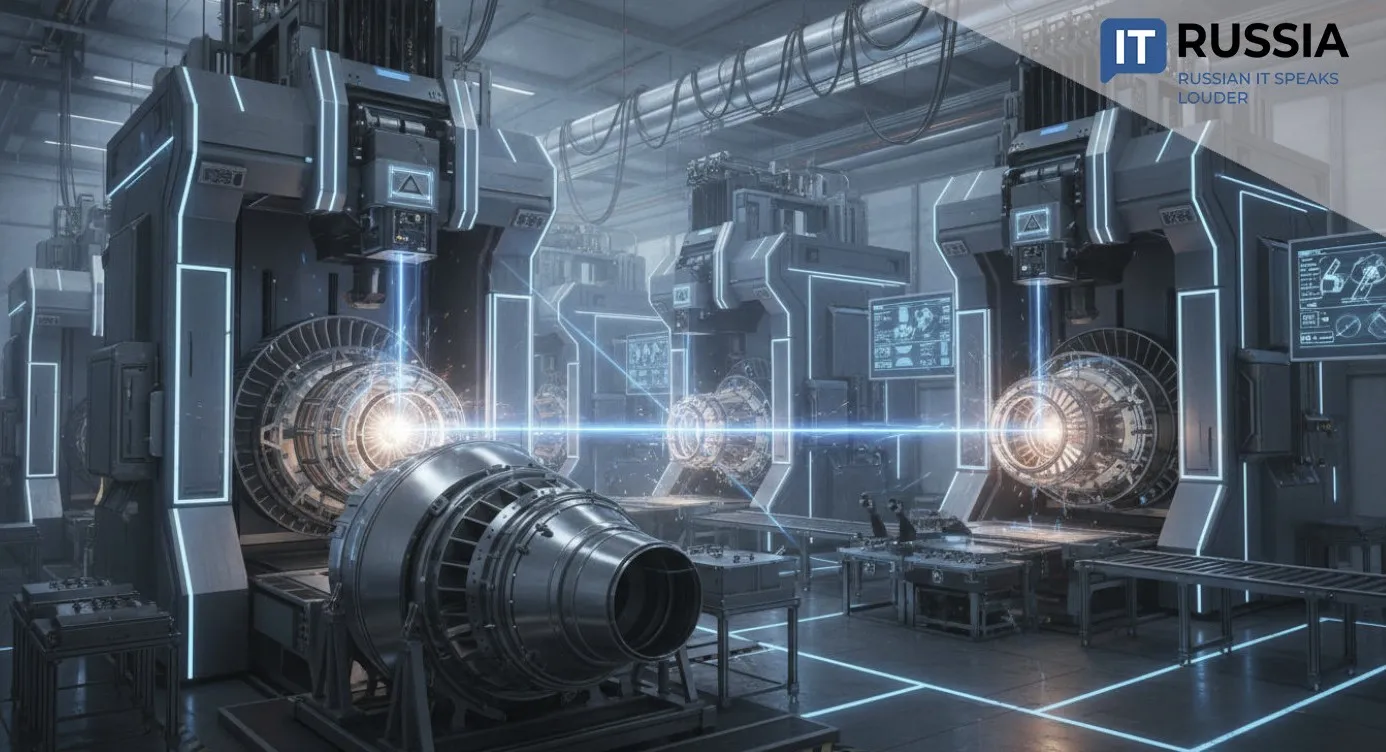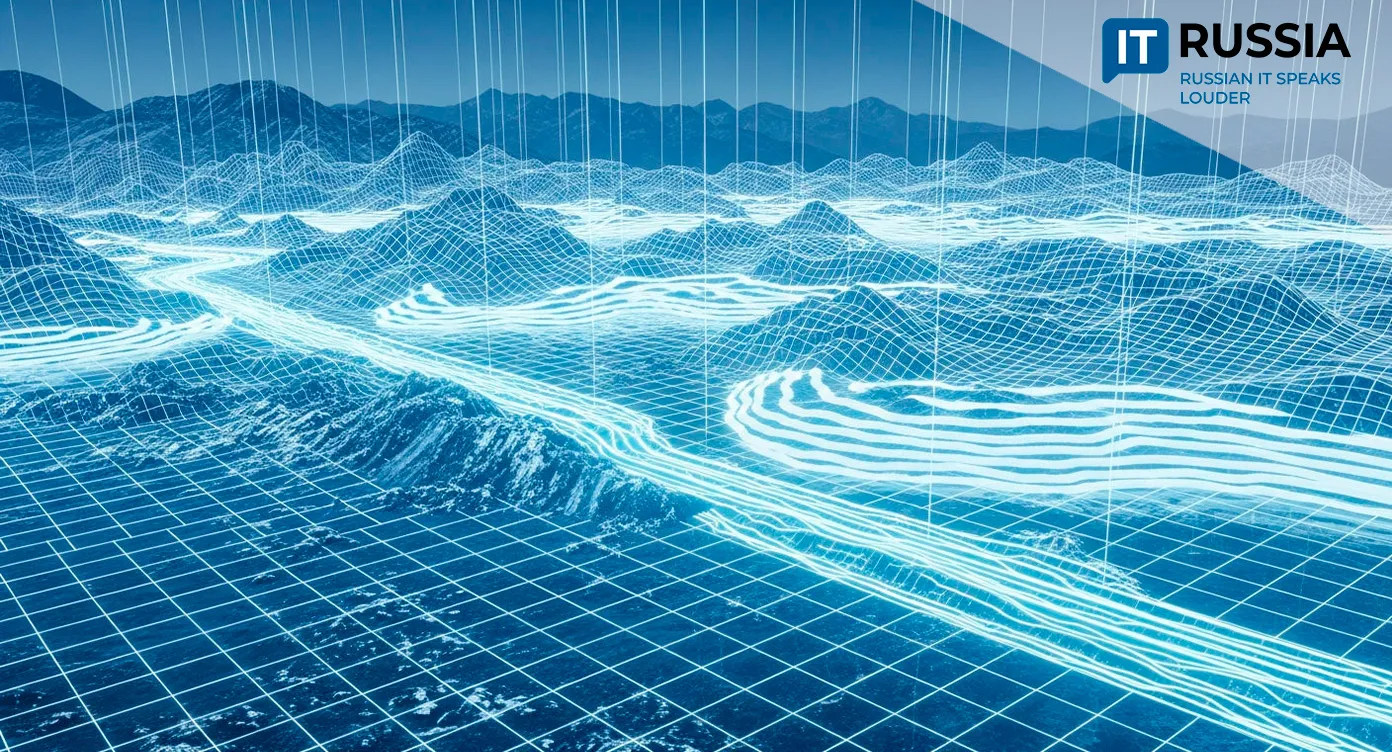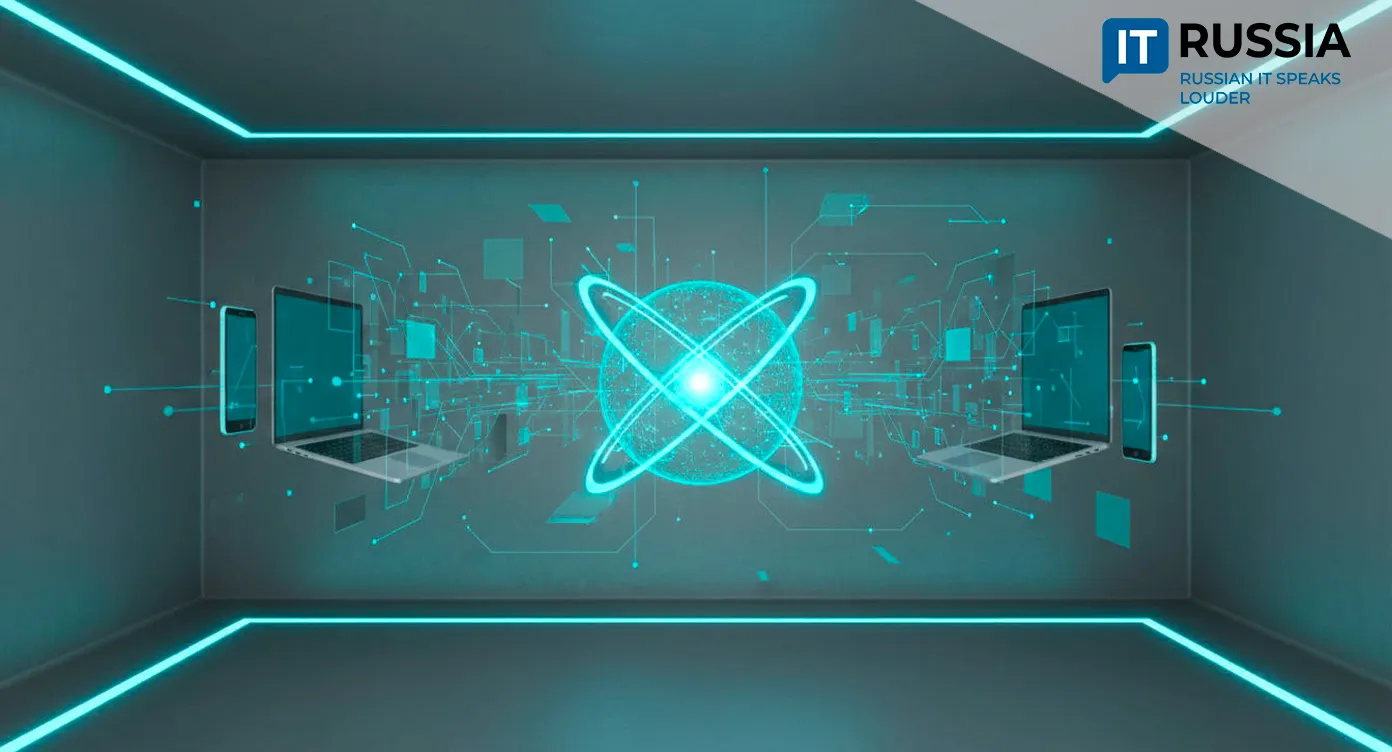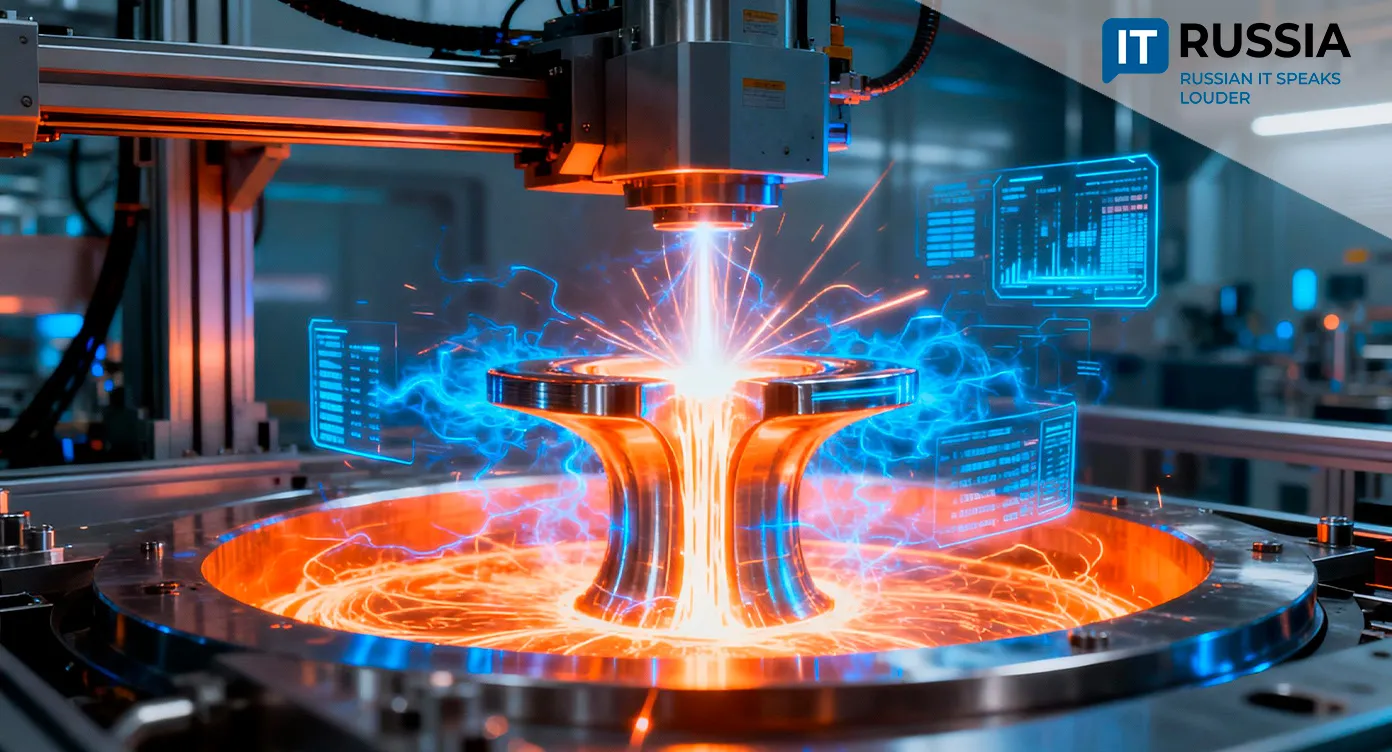AI “Corrective Glasses” for Microscopes: Russian Researchers Sharpen Clarity Without Replacing Optics
Scientists at Peter the Great St. Petersburg Polytechnic University (SPbPU) have developed a neural network–based method that dramatically improves optical microscope resolution through software alone—no costly lens upgrades required.
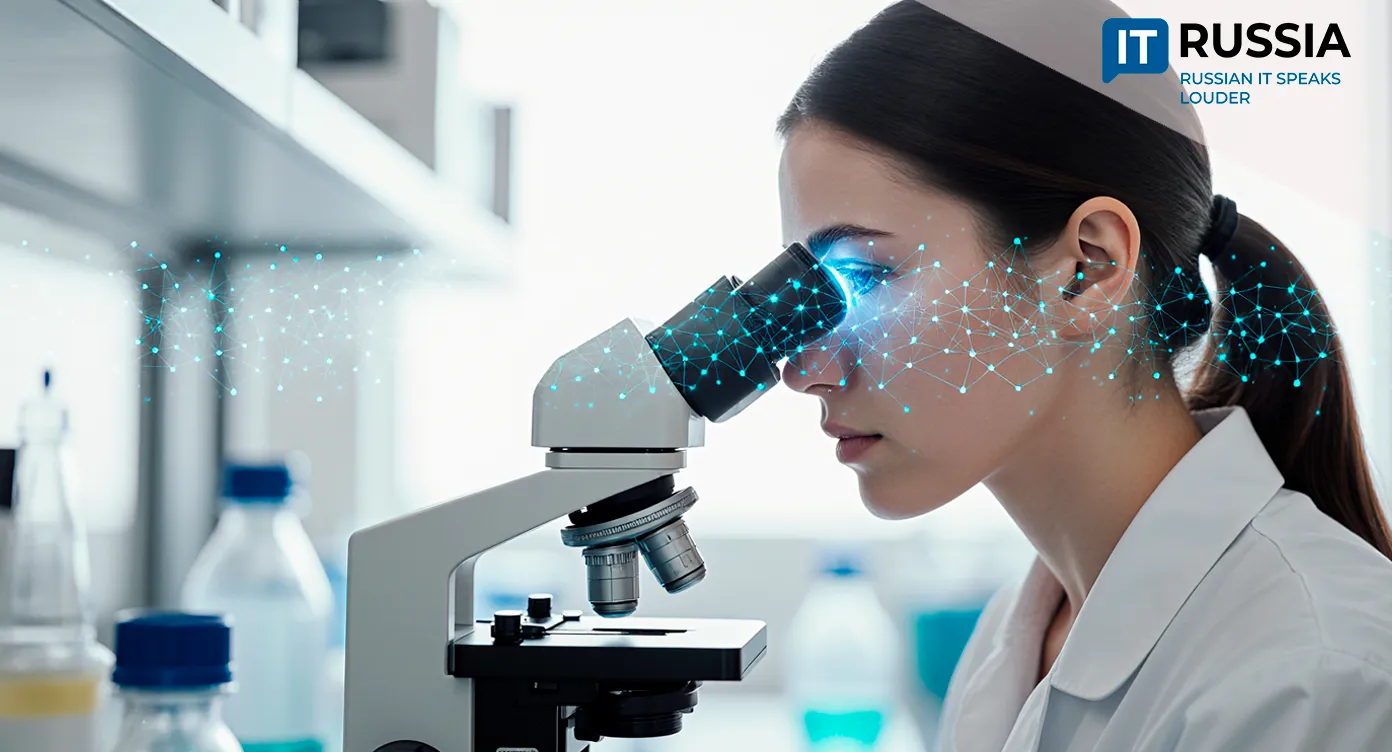
A Low-Cost Leap in Imaging Precision
The SPbPU research team has created an AI-driven technique that functions like “corrective glasses” for microscopes. Instead of requiring new optical hardware, the system enhances image quality by digitally compensating for distortions and noise.
At the heart of the method lies the Point Spread Function (PSF)—a parameter describing how a microscope perceives an ideal point of light. Using this data, the neural network reconstructs the true structure of the sample, effectively increasing the instrument’s resolution.

This innovation is especially valuable for biological and medical laboratories, where high-precision visualization of cellular structures is essential. Traditionally, super-resolution imaging required expensive setups such as STED or PALM microscopes, often costing hundreds of thousands of dollars.
SPbPU’s method achieves comparable results using standard equipment, lowering costs and expanding access to advanced imaging—particularly beneficial for resource-limited institutions and educators across Russia. The International Journal of Molecular Sciences has already recognized the scientific originality of this approach.
Global Context and Research Alignment
The SPbPU project reflects a growing global trend toward deep-learning applications in microscopy. In 2020, Nature described the DPA-TISR method, which enhanced the resolution of time-series microscopy images.
Reviews on PMC and ResearchGate have analyzed systems such as Deep-STORM (arXiv) and hybrid optical lattice approaches (AIP Publishing), all highlighting the potential of AI for super-resolution imaging. These developments confirm that deep learning is rapidly becoming a new standard for microscopic image processing.
SPbPU’s contribution stands out for its simplicity—offering high-quality enhancement without modifying existing optical setups.
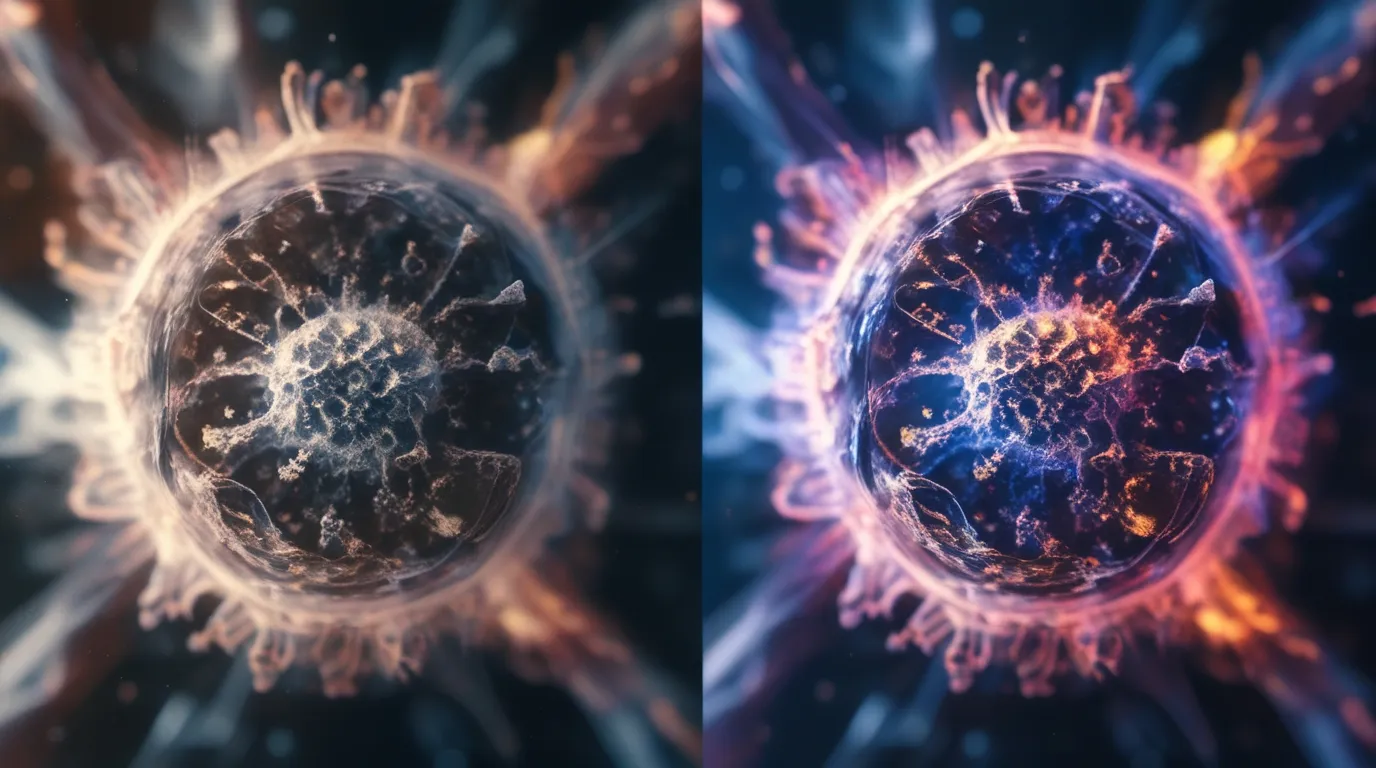
From Labs to Clinics: Expanding Applications
Looking ahead, the SPbPU team plans to adapt the algorithm for various microscope types, from confocal to fluorescence imaging. The researchers aim to integrate their solution into standard imaging software packages and explore licensing opportunities with major microscope manufacturers. Because the upgrade relies solely on software, it can significantly lower barriers for adoption across research, diagnostics, and even nanotechnology. In the future, the technology could extend to clinical diagnostics, materials science, and other disciplines requiring precise visualization.
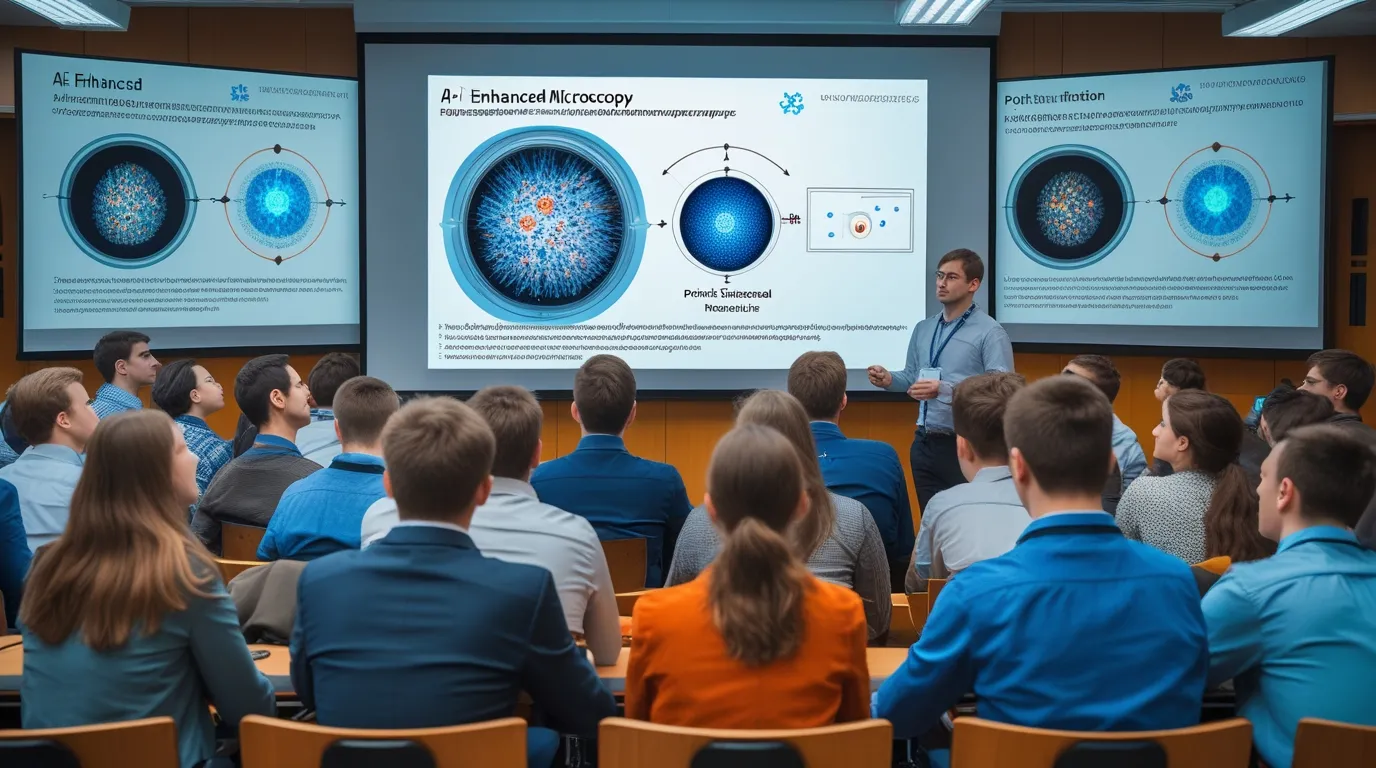
Challenges and the Path to Standardization
For widespread deployment, SPbPU’s method must prove reliable across diverse samples, noise levels, and calibration conditions. Equally important is the standardization of protocols—integrating AI-based processing into experimental workflows to ensure reproducible and verifiable results. As similar methods evolve globally, they may transform the paradigm of microscopy itself, shifting the focus from hardware innovation to intelligent image interpretation.






